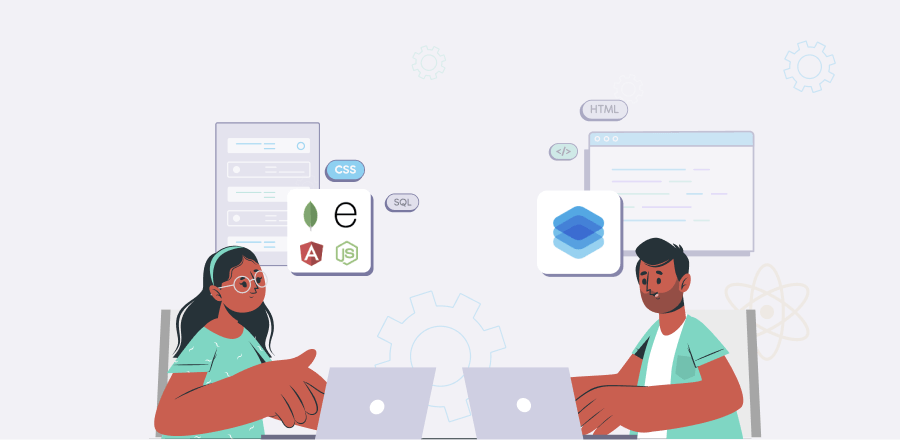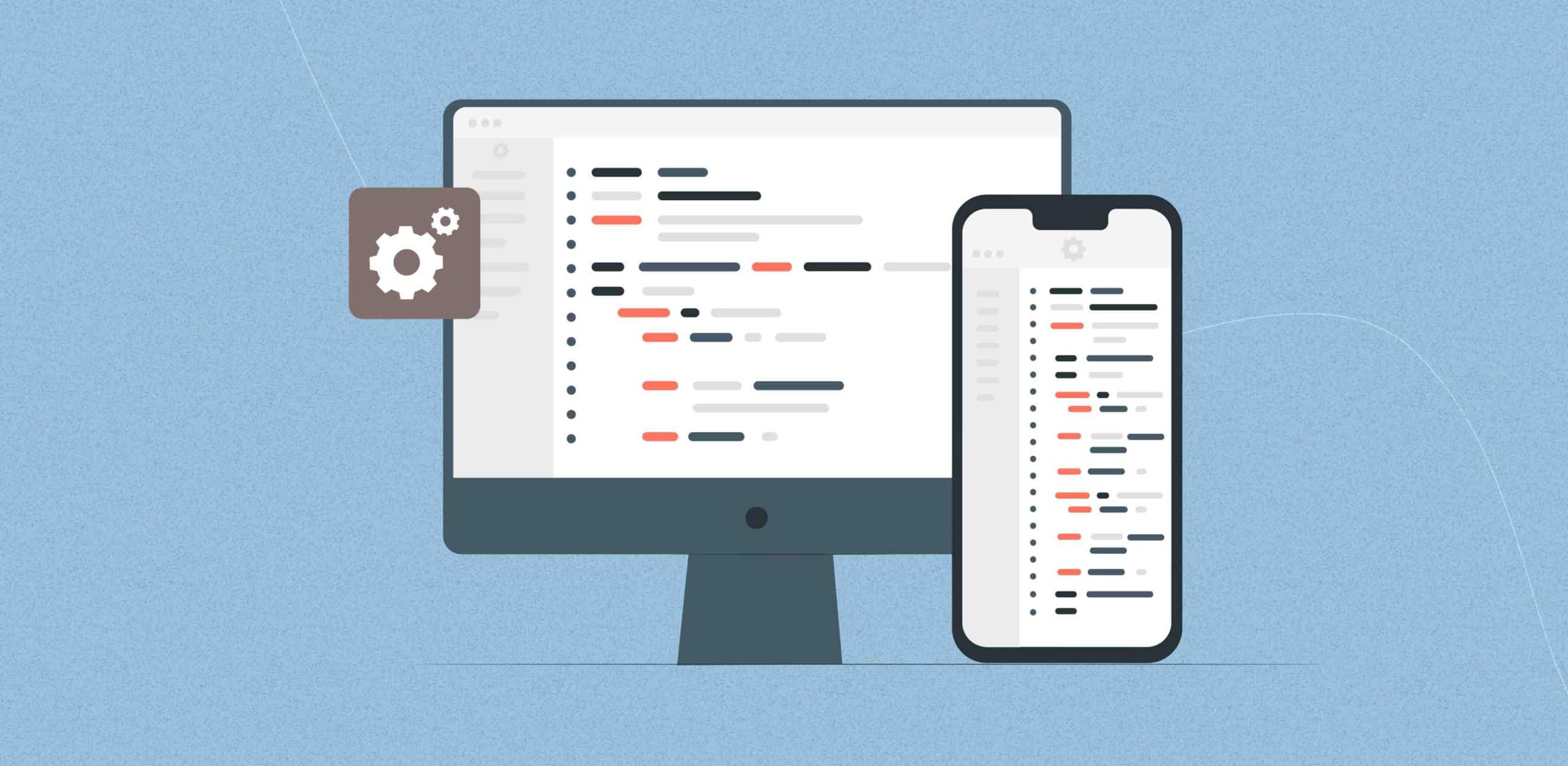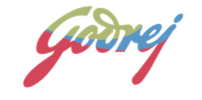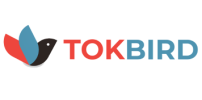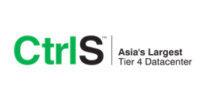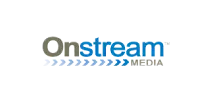Most of the top Full-stack development companies have received various viewpoints from their clients when choosing the better platform for their web development projects. Understanding the basics and knowing which stack to use will guide you in your development process.
In project development, you’ll have to invest in both front-end and back-end development in order to run the end product optimally. Due to the complexity of both the sectors, some of the developers specialize in only one of them. While some of the developers are proficient in handling both sections of the development, and they are called Full-stack developers. These dedicated developers will have expertise in many programming languages and tools, which speed up the website development.
A stack can be referred as the combination of technologies, languages, and frameworks that are utilized to build mobile apps and websites. And here, let’s have a detailed outlook on the differences between MEAN/MERN stack and Full-stack.
Prior to knowing the MEAN/MERN stack, you must have an understanding of what Full-stack development is.
Full-stack development
Pros and cons of Full-stack development
- Full-stack development is considered as the best choice for all types of businesses. Since Full-stack developers are exceptional problem solvers, they can take care of a project from the beginning to the end.
- With Full-stack development, dedicated developers can develop different types of web applications. Also, they will have the executive and management skills to grasp multiple skills in various domains.
- While comparing to hiring dedicated experts in other core areas, Full-stack development is cost-effective.
Cons of Full-stack development
- Full-stack development limits the integrating capabilities since it narrows down the opportunity due to the smaller knowledge base.
- It is difficult for a developer to learn a specific language since Full-stack development includes multi technologies.
- Full-stack developers have to constantly switch languages and technologies in order to execute various projects. Therefore, it becomes a bit harder for dedicated developers to follow up with the latest trends and technologies.
MEAN Stack development
MEAN stack is JavaScript-based tools and frameworks for developing complicated web applications and websites. MEAN simplifies and accelerates the development process. You can build a simple web app, microservice, or API. It comprises MongoDB, Express.js, Angular, Node.js.
- MongoDB: MongoDB is a document-based NoSQL database used for data storing in the form of JSON files.
- Express.js: Express.js is a back-end web app that runs on Node.js.
- Angular: Angular is a front-end framework that runs JS code in a user’s browser.
- Node.js: Node.js is a JS runtime environment for implementing backend applications in JS.
Choose the right platform for your web development project.
Pros and cons of MEAN stack development
Pros of MEAN stack development
- From small to medium-scale applications, the MEAN stack allows the development of robust and open-source solutions.
- This framework follows a single uniform language entirely for stack development.
- The dedicated MEAN stack developers will have the flexibility to test an app on a cloud platform even after the development process.
Cons of MEAN stack development
- There are heavy chances of losing data in MongoDB due to the heavy load of users.
- An entry-level understanding of the language is insufficient in order to make use of JavaScript. You must have a solid comprehension of the language.
MERN stack development
MERN stack is a popular JavaScript stack, which is a combination of the latest technology used for creating premium web applications. It comprises open-source components such as MongoDB, Express.js, React, and Node.js. These components provide end-to-end framework support to dedicated developers.
- MongoDB: MongoDB is a document-based and open-source database.
- Express.js: Express.js is a minimalist and fast web framework used for Node.js.
- React: React is a front-end JavaScript library used for building user interfaces.
- Node.js: Node.js is a JavaScript runtime and brings it to the server.
Pros and cons of MERN stack development
Pros of MERN stack development
- As MongoDB is used to store data in flexible JSON file documents, it becomes easier for dedicated developers to combine data with JSON-like file storage.
- Developers find MERN stack technology to be faster, better, and more customized for building applications since it provides a flexible data model with a dynamic schema.
- The dedicated developers can use the MERN stack to work in a Full-stack development environment.
Cons of MERN stack development
- React uses a lot of third-party libraries that provide lower developer productivity, and due to this, the React code requires more effort.
- MERN stack is mostly suited for single-page applications. It is not suitable for building large-scale applications.
- React lags behind in preventing common errors at the coding stage itself.
Choose the right platform for your web development
Full-stack, MEAN, and MERN stack development are excellent platforms in their own way. You have to focus on various factors such as project requirements, features, functionalities, etc., while choosing the best and most suitable stack for your mobile and web application. Also, keep an ideal budget for your project development. You can approach a top Full-stack development company for getting advice on selecting the right development platform for your business project.Let’s transform your business for a change that matters.
F. A. Q.
Do you have additional questions?
Full-stack development refers to the ability to handle both front-end and back-end parts of web development, using various software tools and programming languages to create complete web applications.
The primary benefits include the ability to manage entire projects from start to finish, cost-effectiveness compared to hiring specialized developers, and versatility in working with various technologies.
Full-stack development may limit integration capabilities due to a broader but shallower knowledge base, and keeping up with the latest trends and technologies across the full spectrum can be challenging.
The MEAN stack is a collection of JavaScript-based technologies—MongoDB, Express.js, Angular, and Node.js—used for developing web applications and websites.
Advantages include the use of a single language throughout the stack, flexibility in testing applications on cloud platforms, and suitability for developing robust, medium-scale applications.
Potential issues include the risk of data loss with MongoDB under heavy user load and the necessity for a strong understanding of JavaScript to utilize the stack effectively.
The MERN stack is similar to MEAN but replaces Angular with React, providing a set of technologies (MongoDB, Express.js, React, and Node.js) for end-to-end web application development.
Benefits include ease of data integration with flexible JSON-like storage, faster and more customized application development, and suitability for full-stack development environments.
Drawbacks include potential lower productivity due to React's reliance on third-party libraries and suitability primarily for single-page applications rather than large-scale projects.
The choice depends on various factors like project requirements, desired features, functionalities, and budget. Consider consulting with a top Full-stack development company to select the most suitable platform for your web and mobile applications.



